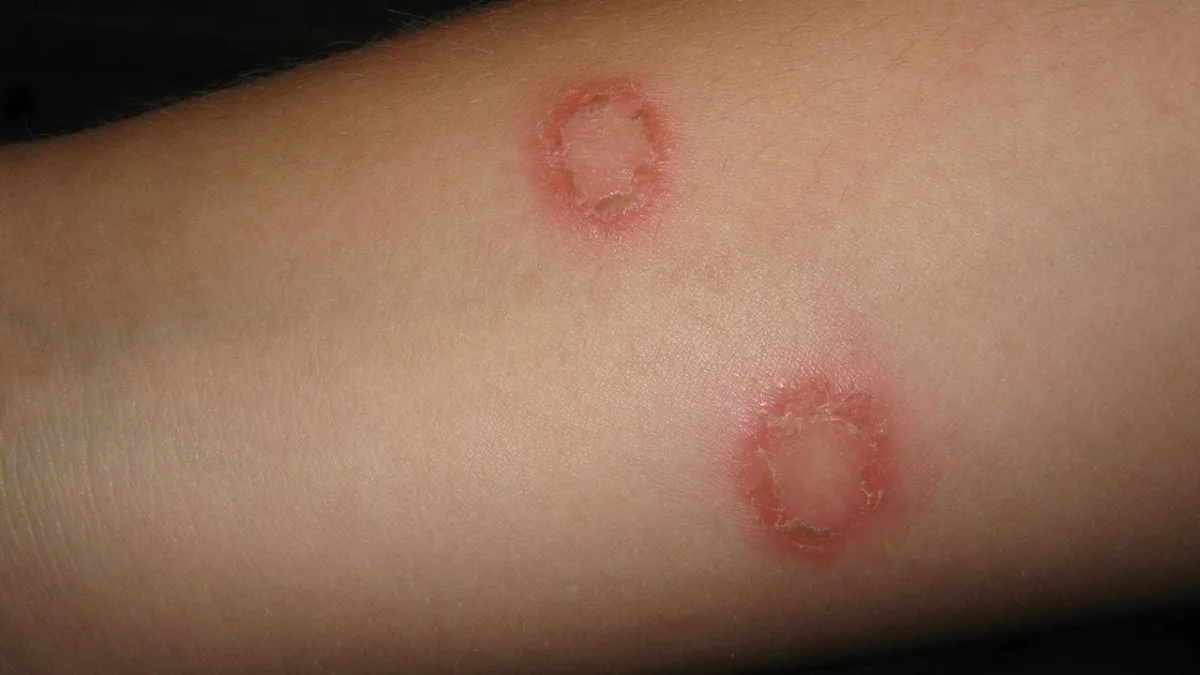Confused as to what I am talking about? It is commonly known as the Ringworm infection. Medically, we call it a superficial dermatophyte/tinea infection. You go in circles because of the inappropriate and inadequate treatment.
Why is it important to know?
To begin with, the prevalence of dermatophyte infection in India ranges from 36.6–78.4%. Yes, it is quite high and to complicate things more, most people hesitate to seek proper treatment and tend to self-medicate. The medication they get from a pharmacy often has multiple unwanted and deleterious ingredients which I fancifully call as “the masala ointment”. So now it becomes a challenge to the dermatologist as we have to tackle the fungus aswell as the unwanted side effects caused by the masala ointment.
Hence I thought of it to be my first blog on our website. I believe proper patient education can empower them to seek the right treatment.
What is superficial dermatophyte infection?
Ringworm is basically caused by a fungus. Though there are many species of the fungi that can cause ringworm, they all have a common characteristic feature and that is all these fungi require keratin for their growth. Keratin is the main structural constituent of skin, hair and nails. Hence, these fungi can infect skin, hair and nails.
Who gets the dermatophyte infection?
Disease transmission occurs by direct contact with infected humans /animals or indirectly by contaminated fomites. But that is not all. There are many factors that is conducive for acquiring the infection. To mention a few,
- Sweating heavily as in gym
- Working in a warm, humid environment like kitchen, bakery
- Wearing tight clothes like jeans and leggings
- Use of same clothes without washing
- Wearing wet clothes mainly inners
- Use of public toilets/pools
- Immune suppression
- Diabetes mellitus
- Obesity
- Use of steroid ointments or tablets
- Sharing of personal belongings
How do you treat?
Yes, you heard it right. How do YOU treat. By visiting your doctor immediately, you are saving yourself a lot of your suffering, time and money. Your doctor will prescribe antifungal creams or lotions with antihistamines for the itch. Systemic antifungal tablets might be needed depending on the site, extent, duration and the type of the infection you have.
Remember two things when under treatment:
- Apply cream 2cm beyond margin
Apply cream two times a day
Treatment should be continued 2weeks beyond clearance of symptoms and lesion - Life style modifications should be followed for a very very long time even after you are released from treatment
Take home points:
- Always seek professional consult when you suspect a skin disease. Masalas are thrill and fun to watch, but in movies whereas in real life masala ointments are detrimental to our skin
- Treatment has to be two ways. We, the dermatologists will take care of killing the fungi you inhabit and it is your duty to stop feeding your tasty moist keratin for its growth by following the antiperspiration and disinfection methods adviced.
